1 Fukuoka Castle

Fukuoka Castle
Sometimes also known as Maizuru Castle, Fukuoka Castle (Fukuoka-jō) is a fine example of the type of lavish 17th-century hilltop home once preferred by the country's ruling elite. While the large remaining structure is only a small fraction of the original castle's once massive complex - it's believed to have covered an area of some 47,000 square meters - it remains an impressive site, perched high atop a tall stone foundation overlooking the Naka River. Highlights of a visit include a number of the original castle gates, turrets, and towers within the extensive castle grounds (much of it now part of Maizuru Park), as well as the ruins of an even older guesthouse once used for visiting diplomats, the only one of its kind in Japan.
2 Sumiyoshi-jinja Shrine
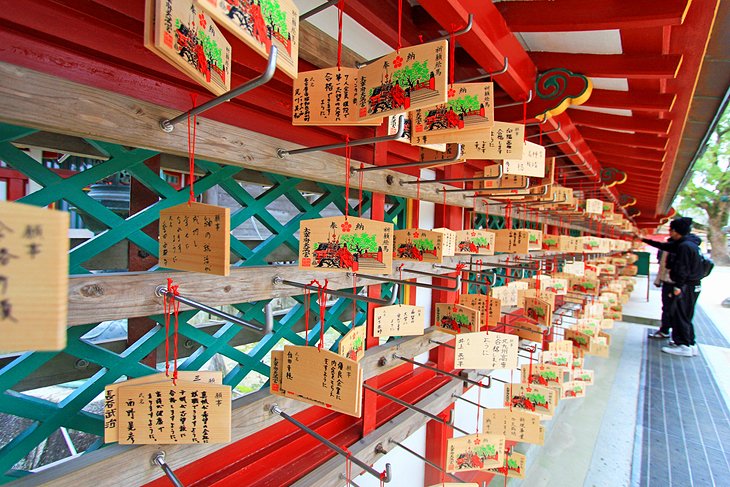
Sumiyoshi-jinja Shrine
One of the oldest such sites on Kyushu, the Sumiyoshi-jinja Shrine is, like its counterpart in Osaka, dedicated to the protective divinities of seafarers, the last of a series of such shrines sailors would visit before heading out to sea. Particularly impressive is the Main Hall, rebuilt in its current classical style in 1623, along with a number of important national treasures, most notably an ancient sword and a copper axe, along with old manuscripts and documents dating back to the Middle Ages. From the shrine, which is surrounded by a large grove of Japanese cedars and camphor trees, are fine views over the River Naka. Hot Tip: Try to time your visit to coincide with one of the shrine's traditional theater performances. Also of interest is a festival held in October that includes displays of sumo wrestling.
Address: 3 Chome-1-51 Sumiyoshi, Hakata Ward, Fukuoka
3 Kyūshū National Museum
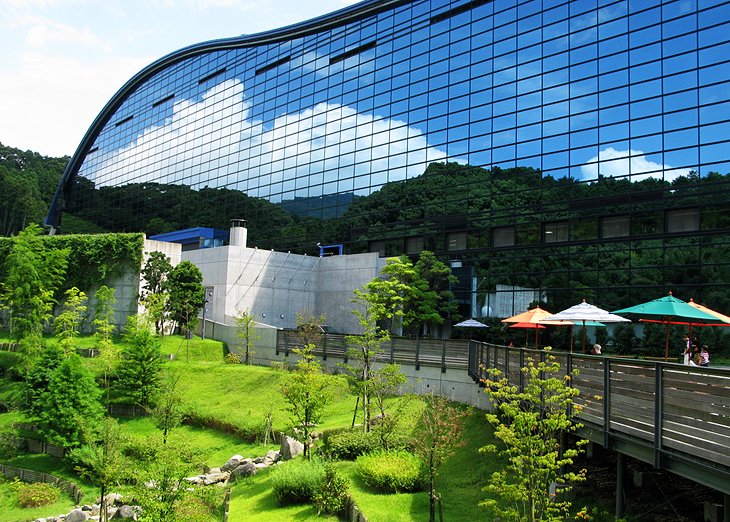
Kyūshū National Museum
Opened in 2005, Kyūshū National Museum (Kyūshū Kokuritsu Hakubutsukan) made headlines not only for its award-winning architectural design, but also as Japan's first new national museum in more than 100 years. Built to house a large publicly-owned collection of art and historically important artifacts related to the island's rich history, this state-of-the-art facility can easily occupy visitors for the best part of a day. Highlights include displays of prehistoric relics found in numerous archaeological digs, as well as exhibits tracing the long history of the island's importance as a trading link between Japan and nearby China and Korea. Also on display are a number of important national treasures, including 15th-century art by leading Japanese artist Masanobu Kano, along with many historically significant documents and manuscripts. The museum also hosts a café, restaurant, and a well-stocked shop.
Official site: www.kyuhaku.com
4 Kushida-jinja Shrine
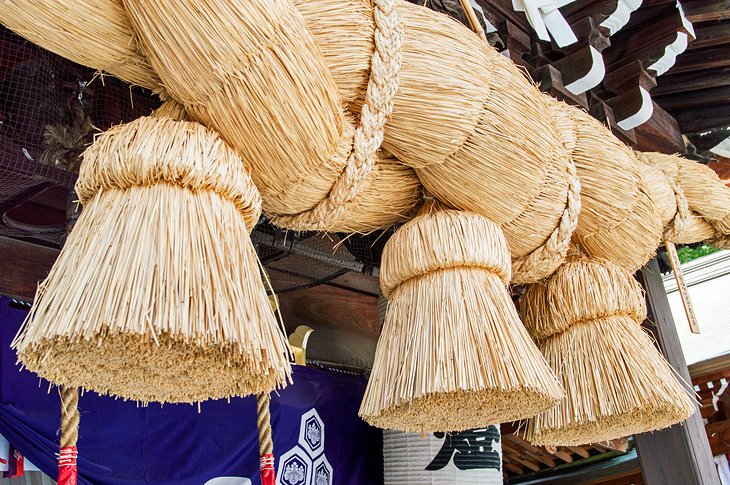
Kushida-jinja Shrine
One of Japan's best known (and Fukuoka's oldest) Shinto shrines, Kushida-jinja was founded in AD 757 and contains many unique features, including exquisite carvings of the Chinese zodiac and a gingko tree said to be more than 1,000 years old. The shrine is also famous for hosting the Hakata Gion Yamakasa each July, a spectacular two-week festival focusing on prayers for good health and prosperity that includes an elaborate race involving teams carrying heavy wooden floats from the temple to various locations around the city. Other temples of interest are the Shōfuku-ji Temple, the oldest Zen temple in Japan founded in 1195, and the Tochoji Temple, founded in AD 806 and noted for having the largest wooden statue in Japan. Other highlights include the tombs of the lords of the Kuroda clan, local feudal lords since 1600.
Address: 1-41, Kamikawabata-machi, Hakata-ku, Fukuoka
5 Hakata Machiya Folk Museum
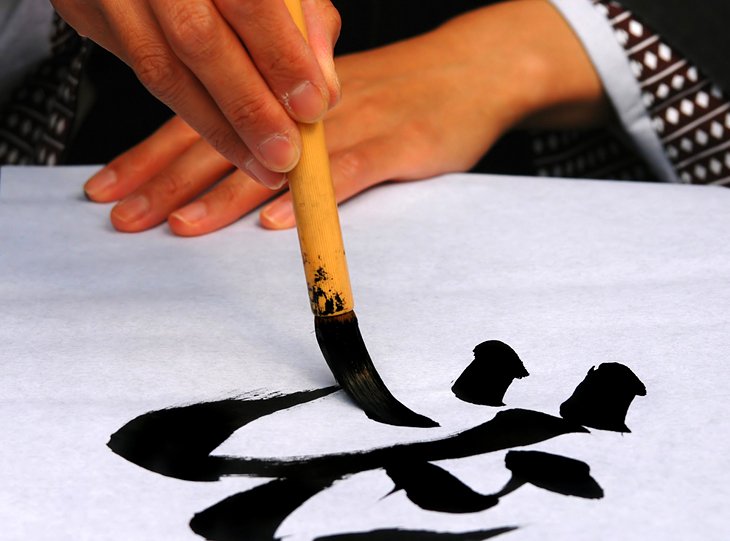
Hakata Machiya Folk Museum
Housed in one of the city's few surviving buildings from the Meiji era of the late 19th and early 20th centuries, the Hakata Machiya Folk Museum is a fun diversion found in Fukuoka's Hakata district. In addition to its many displays of local crafts, this fascinating attraction offers tourists a unique insight into Japanese culture and tradition. In addition to watching these artisans at work, visitors can join in, gaining first-hand experience of such ancient art forms as calligraphy and origami. Also fun, especially for kids, is the chance to dress in traditional Japanese outfits and masks and participate in a variety of ceremonies such as serving tea. The museum also houses a number of displays relating to Hakata's many important festivals, as well as a mock-up of the home of a typical merchant family.
Address: 6-10 Reisenmachi, Hakata Ward, Fukuoka, Fukuoka Prefecture 812-0039
Official site: www.hakatamachiya.com/english
6 Dazaifu Tenman-gū
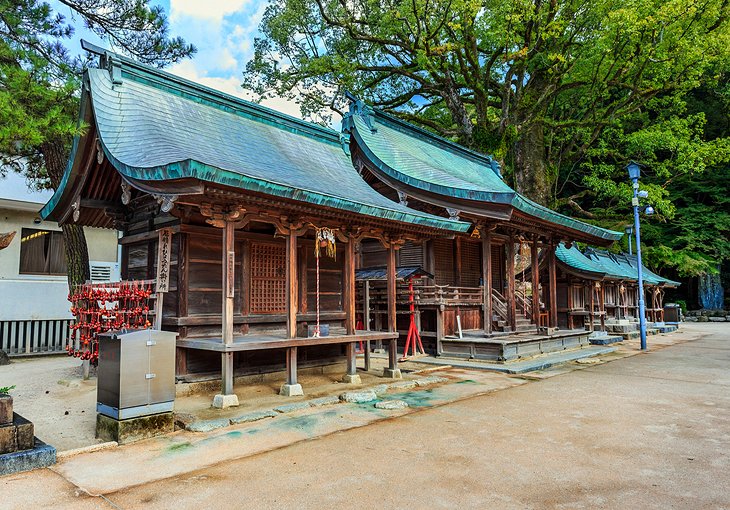
Dazaifu Tenman-gū
Dazaifu Tenman-gū, dedicated to the god of education, is another of Fukuoka's well known shrines. Spread across 3,000 acres, it's also one of the city's largest, and is particularly popular with students wanting to pass exams, often seen purchasing small wooden prayer tablets to deposit at the shrine. The most important of its many structures is the Honden, or main shrine, originating from AD 905 and replaced many times through the centuries, with the current structure dating from 1591. The site is also notable for its numerous smaller shrines along with the Treasury where many of its most important relics are kept. Also of note are its attractive gardens, ponds, and bridges, as well as its more than 6,000 plum trees.
Address: 4-7-1 Dazaifu, Saifu, Hakata, Fukuoka Prefecture 818-0195
7 Ōhori Park
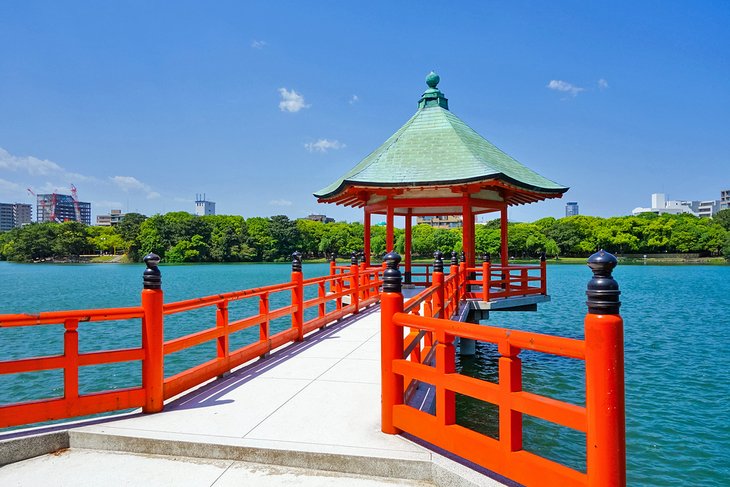
Ōhori Park
Fukuoka boasts a number of large public parks worth exploring. One of the most popular is Ōhori Park (Ōhori-kōen), a designated place of scenic beauty just a few minutes' walk from the city center. Taking its name from the large manmade lake around which it's centered - once the moat of Fukuoka Castle - this magnificent water park was established in 1929 and is a delight to explore. Highlights include a trail that circles the lake, along with a number of bridges and promenades leading over the water to quaint islands, a particular treat at night when these walkways and the park's many pagodas and pavilions are lit up (try to plan your visit for the spectacular fireworks displays held in August). Another green space worth exploring is Maizuru Park, part of the former Fukuoka Castle grounds and home to a number of sports facilities and an art museum.
8 Nanzoin Temple and the Reclining Buddha
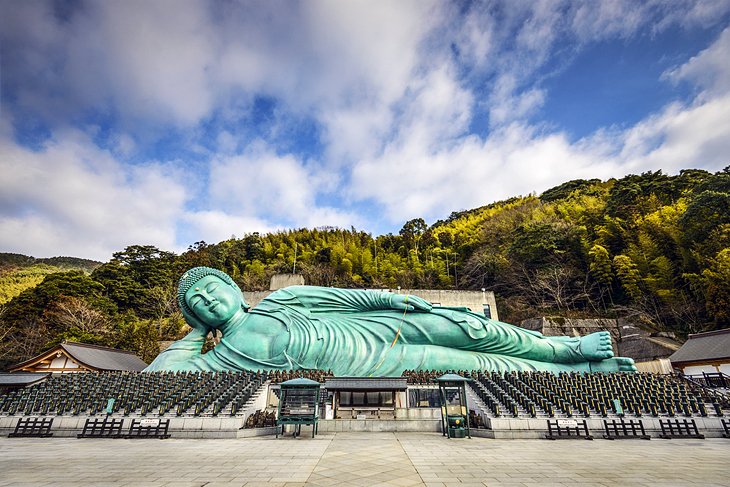
Nanzoin Temple and the Reclining Buddha
Just 15 kilometers east of Fukuoka is the Nanzoin Temple, one of the prefecture's most visited (and most important) Buddhist shrines, attracting more than a million pilgrims and visitors annually. The big draw here is undoubtedly the massive bronze statue of the Reclining Buddha, erected in 1995 and said to be the largest bronze statue in the world (if the statue of Liberty in New York were laid down beside it, it's believed the Buddha would be longer). As interesting as the temple and statue, is the pleasant walk to the site along a shady hillside trail from the quaint village of Sasaguri, a route that is clearly marked and notable for its many smaller statues of Buddha, as well as its picturesque streams, bridges, and gardens.
Address: 1035 Sasaguri, Kasuya District, Fukuoka Prefecture 811-2405
9 Marine World Uminonakamichi
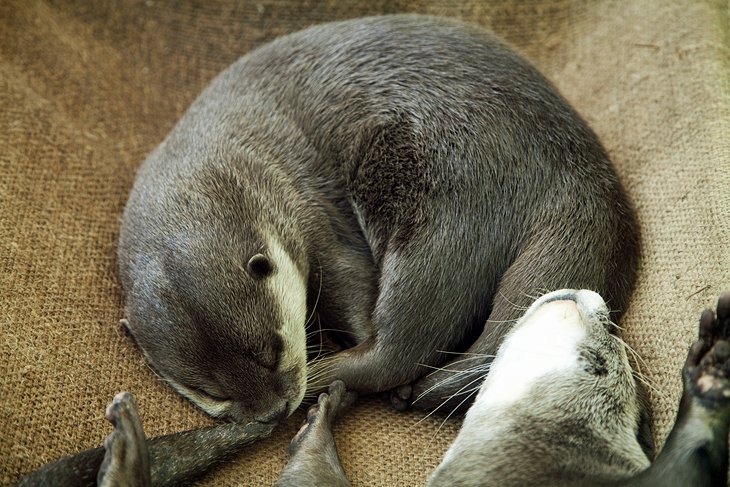
Marine World Uminonakamichi
Housed in a large, sea-shell-shaped modern building near the waterfront of Hakata Bay, Marine World Uminonakamichi (Marin-wārudō-Uminonakamichi) is an excellent way to learn more about Kyushu's abundant marine life. Containing some 70 tanks, the largest of which houses more than 20,000 creatures, the aquarium boasts numerous species of local warm water fish, as well as more than 100 sharks swimming freely in its large panoramic water tank. Other species include a large collection of marine mammals such as seals and sea lions, as well as a number of playful sea otters. Hot Tip: Be sure to stay for one of the animal shows in the onsite Marine Theater, including the fun dolphin and sea lion show.

No comments:
Post a Comment